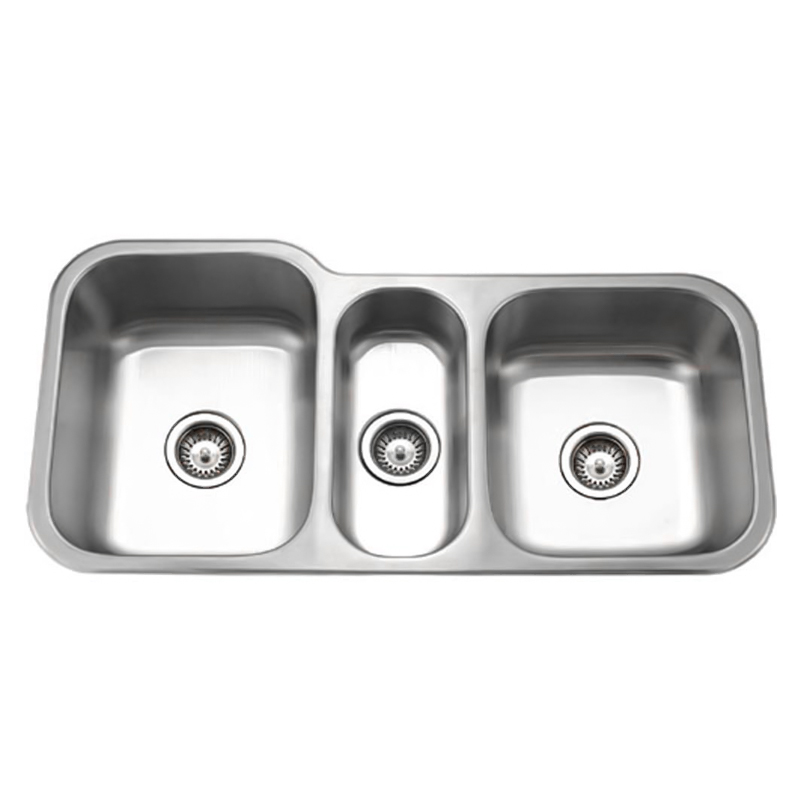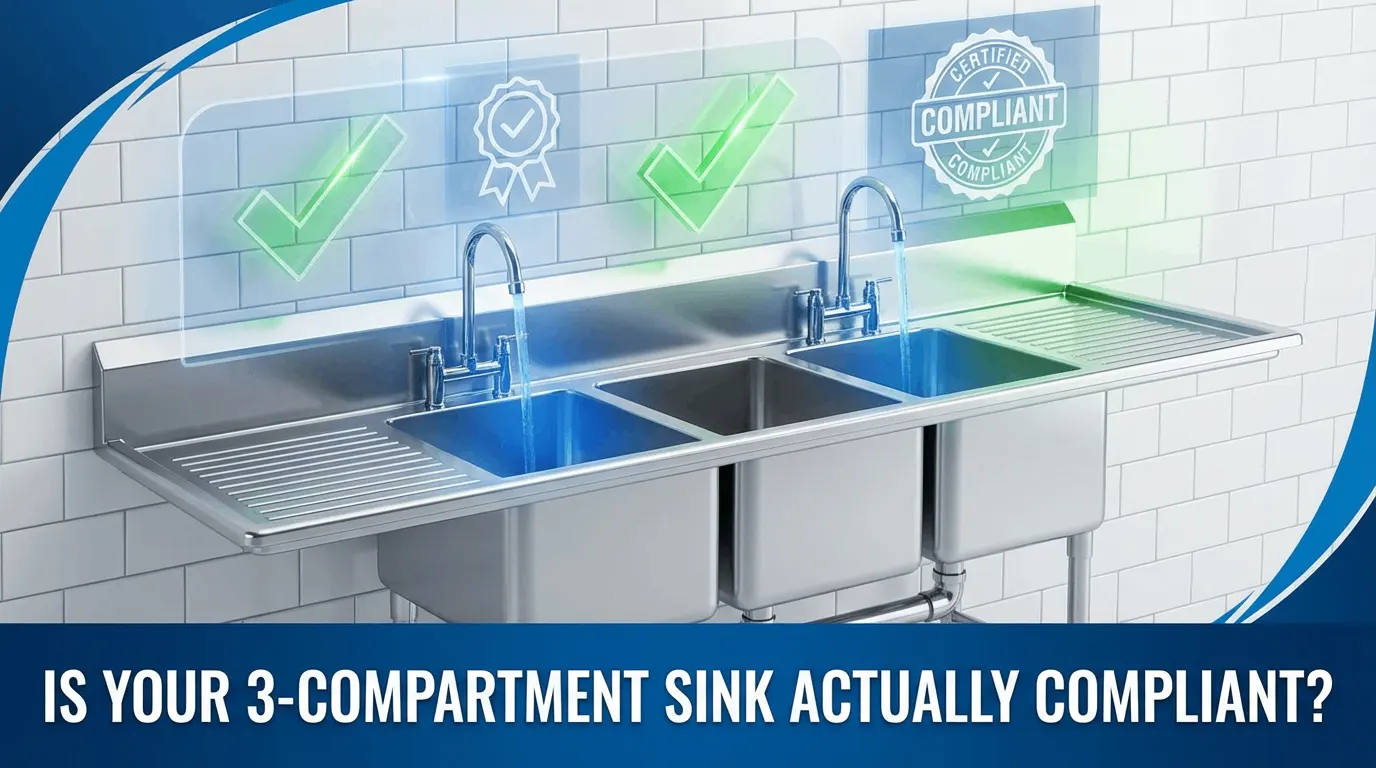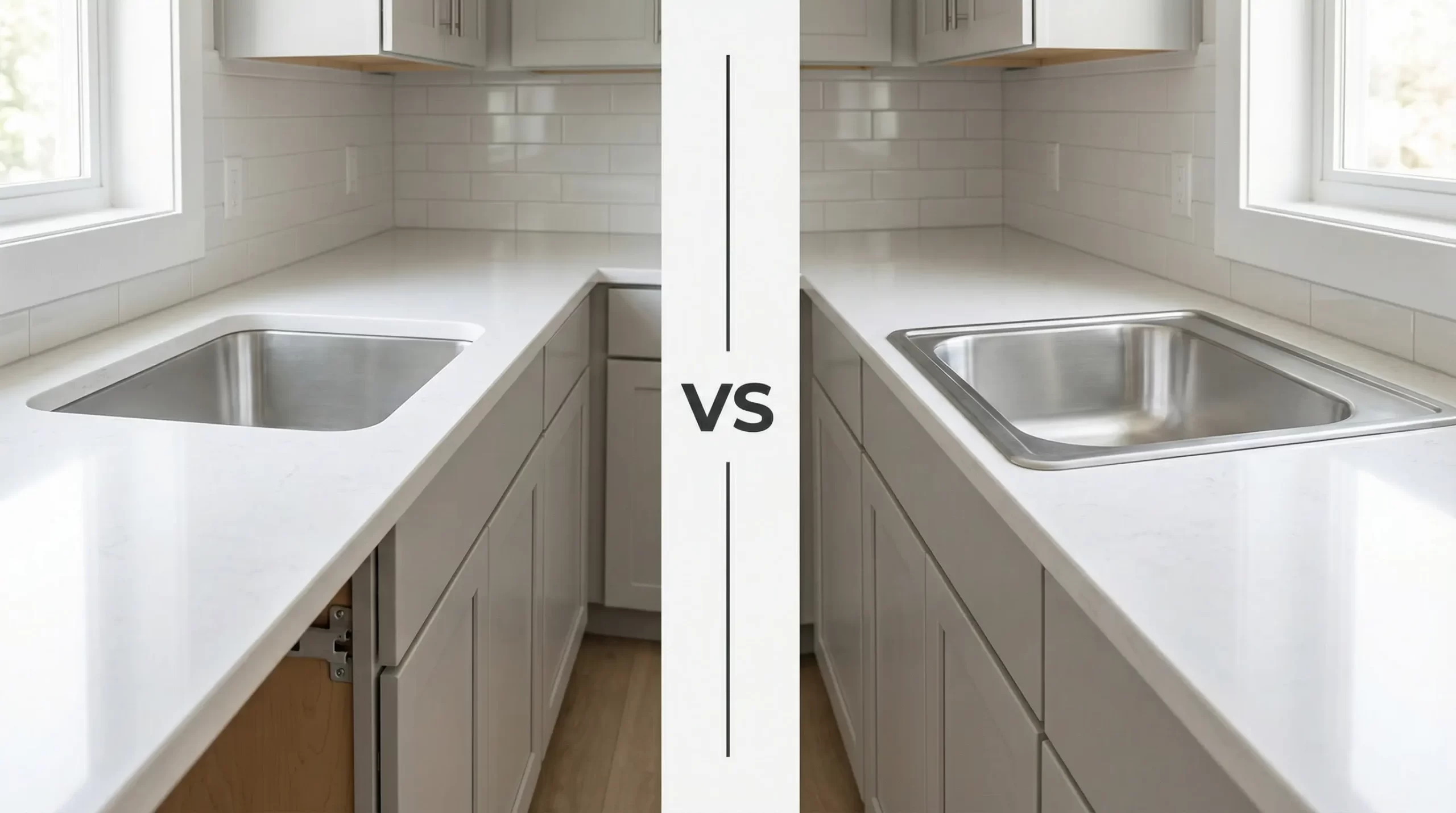How to Maintain a Stainless Steel Kitchen Wash Basin Easily
Think about it—what’s the one spot in your kitchen that sees action all day, every day? It’s not the stove. It’s not even the fridge. It’s your stainless steel kitchen wash basin. From washing vegetables before dinner to scrubbing greasy pans after a midnight snack, your wash basin works harder than any other fixture in your home.
If you’re in the restaurant or hospitality business, the story is the same, just multiplied. A commercial stainless steel sink might handle hundreds of hand washes, dishes, and prep jobs before lunch is even over.
So here’s the question: how do you keep that faithful wash basin looking clean, smelling fresh, and lasting for years? Luckily, the answer isn’t complicated—you just need a few simple habits, a couple of tricks, and the right mindset. Let’s walk through it together.
Why Stainless Steel Is Still the King of Sinks
There’s a reason stainless steel shows up everywhere—from cozy kitchens to industrial food factories. It’s not just about looks (though a shiny stainless steel sink definitely makes a kitchen feel polished).
- Tough as nails: Stainless steel resists dents, heat, and corrosion. Drop a heavy pot in it? No problem (well, maybe don’t make a habit of it).
- Hygienic by design: The smooth surface doesn’t give bacteria much to cling to. That’s why it’s a go-to for hand washing sinks and commercial bathroom sinks.
- Fits any style: Whether you’ve got a stainless steel undermount sink in your modern kitchen, a corner kitchen sink in a tight apartment, or a 3 compartment sink in your restaurant, stainless steel adapts.
- Value for money: A well-cared-for sink can easily last decades. That’s less time shopping for replacements and more time enjoying the kitchen.
Common Problems (and How to Outsmart)
1. Stains and Water Spots
Ever notice cloudy marks or rainbow discoloration after the sink dries? That’s usually mineral buildup from hard water.
- Quick fix: Rinse after every use and give it a wipe-down with a cloth. Make it a habit to keep water from evaporating and leaving minerals behind.
- Pro tip: Baking soda is your sink’s best friend—tough on stains, gentle on steel. Sprinkle a small amount on a damp sponge, scrub in circular motions, and rinse thoroughly. For stubborn water spots, mix a tablespoon of vinegar with a cup of water and wipe the affected area.
2. Scratches
Metal utensils and abrasive pads can leave their mark. A few scratches? Normal. A sink that looks like a cat used it as a scratching post? Avoidable.
- Quick fix: Use a sink rack or rubber mat to protect the bottom from heavy pots and pans.
- Pro tip: Light scratches can be buffed out with a non-abrasive cleaner. Apply the cleaner with a microfiber cloth along the direction of the steel grain—never against it. For deeper scratches, use a very fine-grit sandpaper (1000–1200 grit) followed by polish to blend it in.
3. Rust (Yes, Even Stainless Steel Isn’t Bulletproof)
Leave a wet sponge or a can of tomatoes sitting overnight, and you might wake up to rust spots.
- Quick fix: Don’t let water or metal sit too long. Wipe the sink dry after each use.
- Pro tip: A paste of baking soda and water usually lifts light rust right off. Apply the paste, leave it for 10–15 minutes, scrub gently with a soft sponge, and rinse. Repeat if necessary, then dry completely.
4. Clogs and Smelly Drains
Nothing kills kitchen vibes faster than standing water and a bad smell wafting up from the drain.
- Quick fix: Use a sink drain cover to catch food bits. Remove daily and rinse.
- Pro tip: Flush the drain with hot water weekly. For minor clogs, a plunger works better than harsh chemical cleaners. For stronger clogs, a simple mixture of baking soda and vinegar poured into the drain and followed by hot water can help naturally clear the blockage.

How to Clean Stainless Steel Wash Basiny
Daily Cleaning
- Rinse after every use: Start by rinsing all debris and food particles down the drain.
- Mild soap scrub: Use a soft sponge or dishcloth with warm water and mild dish soap. Focus on the sink walls, corners, and faucet base.
- Rinse thoroughly: Remove all soap residue to prevent streaks.
- Dry with a microfiber cloth: Wiping the sink dry prevents water spots and keeps it shiny.
- Check faucet area: Wipe off splashes to avoid buildup around the handles and spout.
Weekly Deep Clean
- Baking soda scrub: Sprinkle baking soda across the sink surface. Use a soft sponge to scrub in small circular motions along the grain of the steel. This helps remove light stains and maintain smoothness.
- Vinegar rinse: Spray or pour white vinegar onto the sink surface to remove mineral deposits and restore shine. Rinse with warm water afterward.
- Check supply lines and connections: Look for leaks under the sink and around the faucet. Tighten loose connections as needed.
- Sprayer hose cleaning: Grease and debris tend to hide around flexible sprayers. Wipe thoroughly with soap and water, then rinse.
Monthly Maintenance
- Inspect drain and seals: Remove and check the drain plug, rubber gasket, and sink strainer for wear. Replace if damaged.
- Polish the sink: Apply a stainless steel polish or olive oil with a microfiber cloth to restore a near-new finish. Always polish along the grain.
- Vinegar soak for stubborn mineral buildup: Soak a cloth in vinegar, lay it on affected areas for 15–20 minutes, then scrub gently and rinse.
- Check for rust spots: Treat any early rust spots immediately with a baking soda paste to prevent them from spreading.
For Heavy Users: Commercial Care Tips
If you’re running a restaurant, hotel, or cafeteria, your sinks are frontline soldiers. Here’s how to keep them battle-ready:
- Choose wisely: Food prep areas usually require a three compartment sink, while janitorial or mop stations are better suited with a mop sink or floor sink.
- Upgrade accessories: Sink racks, covers, and grids protect the surface and extend lifespan.
- Train your team: Staff should never use bleach on stainless steel. Treat it like kryptonite—it can damage the surface.
- Scheduled checkups: Every few months, assess faucet performance, ADA sink height compliance, and condition of supply lines.
- Invest smartly: High-quality commercial stainless sinks might cost more upfront but save you money on repairs and downtime. Stronger material and smarter design pay off long term.
FAQs
1. How should I clean my stainless steel wash basin?
Daily: warm water and dish soap. Weekly: baking soda scrub + vinegar rinse. For stubborn stains, a paste of baking soda and water or lemon juice works well. Always rinse and dry after cleaning.
2. Can I use bleach?
No. Bleach corrodes stainless steel and can cause permanent damage. Stick to mild soap, vinegar, or baking soda.
3. What’s the best way to remove water stains?
White vinegar, lemon juice, or a baking soda paste. Apply, let sit for 5–15 minutes, scrub gently, rinse, and dry.
4. How often should I clean a commercial sink?
Daily cleaning is essential. Weekly deep clean is recommended. For heavily used prep stations, consider daily vinegar wipe-downs to prevent mineral buildup.
5. What if my wash basin leaks?
Check under the cabinet for drips. Most leaks are due to worn gaskets, loose supply lines, or sealant issues. Early detection allows easy fixes.
6. Utility sink vs. wash basin: what’s the difference?
Utility sinks are deeper and built for heavy-duty jobs like laundry, mop buckets, or cleaning large pans. Wash basins are shallower, more versatile, and used for everyday kitchen or bathroom tasks.
Wrapping It Up
Your stainless steel kitchen wash basin works hard every day—but it only asks for a little care. A rinse, a wipe, and an occasional deep clean keep it shining, odor-free, and ready for anything.
For commercial kitchens, investing in high-quality stainless steel sinks means less downtime, smoother operations, and a safer, cleaner workspace. Companies like Xinhe Stainless Steel Products Co., Ltd. provide reliable sinks and wash basins for both home and heavy-use commercial settings.
Take action today: review your current setup, apply these maintenance tips, and consider a quality upgrade. Your kitchen—and your future self—will thank you.






